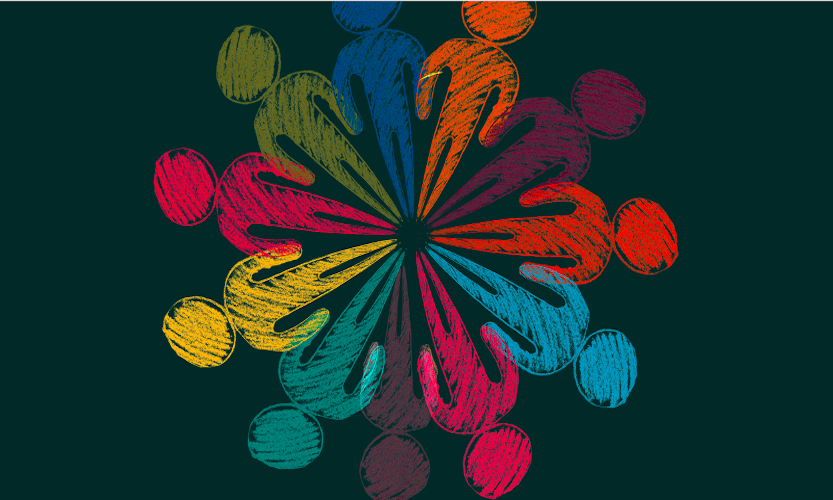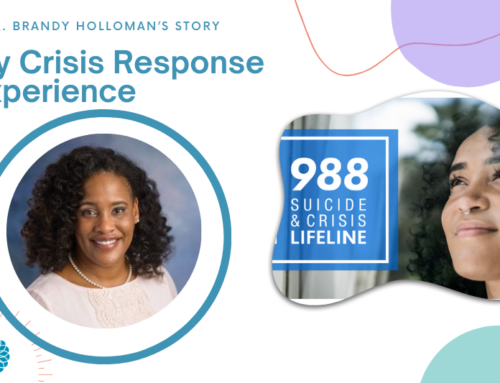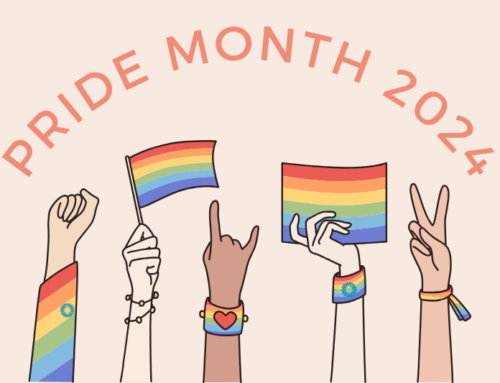In June of 2020, social media was flooded with black squares in response to the murder of George Floyd. It seemed as if all at once, the world opened its eyes to the violence and racism that Black people in America were facing for centuries. It was called #BlackoutTuesday with over 2.2 million posts on Instagram. The very next day, most people’s feeds were back to normal, complete with pictures of pets, sunrises, and quarantine cocktails.
Now it is Pride Month, as June has been for years. Each year, organizations and brands change overlay their logos over rainbow colors and offer a deal or two along with the words “love is love.” Come July, the rainbows are gone and so is the urging for support of the LGBTQ+ community.
That is what is known as performative allyship — making a bare minimum public display of one’s support for marginalized communities in an effort to show that one is on their side. Frequently, there is an urge to say something, anything, because staying silent means staying complicit. However, once a tweet or two has been shared, it’s back to business as usual. Sometimes an individual or company may declare solidarity with a group in order to avoid scrutiny and backlash. Other times there are good intentions behind these displays of support, but this form of empty advocacy is unproductive and disregards the need for sacrifice and work by privileged individuals. Performative allyship can also be harmful because it stifles progress and attempts to create real change. As transgender non-binary activist and artist Az Franco states, “visibility is great, but human rights, equality, and freedom are better.”
So how do we move beyond the hashtag? What does real allyship entail?
The first step is to recognize when your allyship is performative. We can all fall into the trap of making a statement and expressing our outrage without backing it up. Recognizing when you fall short is the beginning of the journey toward becoming a real advocate. Authentic allyship requires using one’s privilege and its benefits to give voice to marginalized and underrepresented groups in spaces where one’s voice rings louder than theirs. Part of using your voice includes having tough conversations. With social media, it has become easier to have these tough conversations about oppression and policy change on a national or global level, as we saw this past year. But it’s easy to address people behind a keyboard and forget that prejudice lives in your own backyard. Allyship means having deep conversations about the roots of inequities, personal biases, and how to help with friends, family, and within the workplace. A voice, especially one of a privileged position, can be a powerful tool.
Inform yourself. Allies also understand that their personal education is never done. Reading one book on anti-racism and a few articles on attacks on LGBTQ+ rights does not make a well-informed individual. Constant and serious reflection of one’s own biases is vital. Continued research into inequities and how to combat them is required to disrupt the status quo that allows oppression. Here are a few introductory-level places to start:
- Anti-Racism Resources
- Resource Toolkit for LGBTQ+ Allies
- Resources to Support Asian American Communities
- Indigenous Ally Toolkit
Support the existing work. Active advocacy doesn’t always mean you have to start your own movement or organization. There are a plethora of organizations and movements led by marginalized groups that you can stand behind. Dedicating your time to supporting the work that is already being done and helping to lift some burden is essential. Active work, volunteering one’s efforts, and making personal sacrifices are foundational to allyship. If you are in a position to do so, advocate with your wallet — contribute monetarily to organizations led by or dedicated to underrepresented groups; refuse to purchase from companies that exploit groups of people or support policies that uphold oppressive systems.
Create change where you can. Identify areas in which you have power and privilege and work to make sustainable change within those areas. If it’s in the workplace, push for policy change and help establish or improve diversity, equity, and inclusion initiatives. If it’s at a religious establishment, promote education and donation to charities that support underrepresented communities. If it’s at an educational institute, stand up for equitable practices within administrative policies and inclusive lessons. Wherever you may hold any power, use it,
Allyship is a neverending journey that requires sustained work and involvement. These are good foundations to build your practice of active advocacy. At Change Matrix, we work consistently to achieve the above and are constantly looking for more actionable ways to be allies. The work is never done, but now is the time to start!




